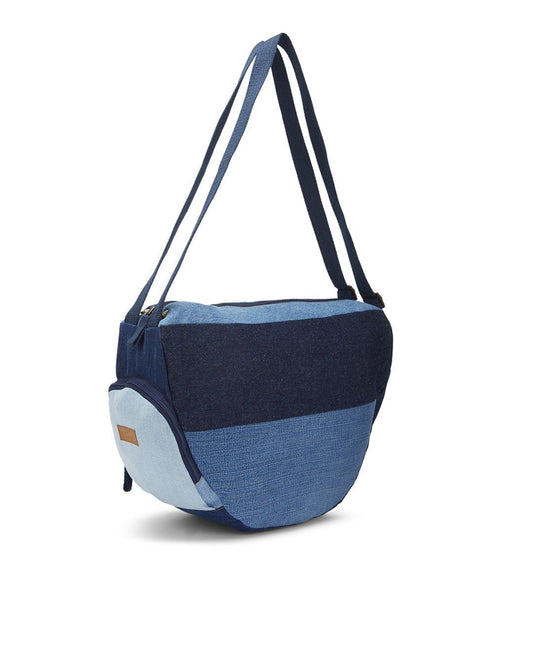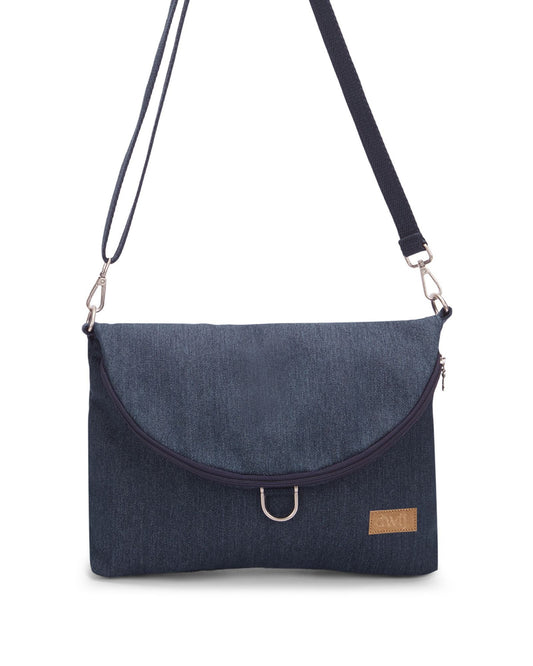It is no secret anymore that billions of tons of clothes end up in landfills causing a huge environmental concern every year, which thus reveals the hidden aspect of the fashion industry. However, can India’s recently emerged textile upcycling factories be the solution to this problem? Just as it is stated in the article about the initiative of Dwij Products, could the turn of textile waste into high-quality products be an answer to the global fashion waste challenge? Let’s find out.
Fast Fashion’s Global Problem
Every second, a devastating amount of textiles get burned or landfilled. The rapid cycle of consumption due to the rise of fast fashion has facilitated a monumental waste problem.
The situation in India is dire for textiles. An article on the Indian Environmental Portal mentions that in a year, the nation accumulates about 1.5 million tons of textile waste, most of which, naturally, ends up in the country’s landfills. With the current trends toward upcycling, some of this waste might be integrated into creating something more sustainable.
India's Secret Weapon: Upcycling
Having a profound textile history, India deserves to deal with the issue at heart. Textile upcycling, that is. turning waste fabrics into something of a greater value has now become a prevailing tendency in the country. For instance, Dwij Products is now creating bags and accessories out of completely useless fabrics like denim that had been thrown away. But it is not just a way to recycle something old to reuse, it is rather a unique surface treatment technique that makes the clothes trendy and stylish.
Recent data from the India Brand Equity Foundation emphasize that the Indian textile and apparel industry is worth $223 billion. However, the industry has started incorporating sustainable practices, and the upcycling sector is growing swiftly. Dwij products is an authentic and famous Indian brand, that belongs to this category and shows how textile waste can be processed in the creative process.
Why Upcycling Matters?
The adoption of upcycling textiles is resource-saving. It helps in preventing tonnes of waste that would have been disposed of in landfills. The Indian’s upcycling factories show that the waste ordains can be something new. This cumulatively results in lesser fabric production, thus preserving resources.
The Indian textile industry has a share of about 20 % of the country’s industrial water pollution. Therefore, upcycling has a saving feature on this element as it involves limited water use. Moreover, the upcycling processes use fewer chemicals and energy to make new fabrics; hence, the upcycling processes conserve the resources mentioned.
The Global Impact of India’s Upcycling Industry
How India’s upcycling factories are thriving and beginning to have an impact beyond the country’s borders. If upcycled goods become the norm, it could drastically reduce fashion’s global carbon footprint. However, there are still major challenges to be overcome upcycled products are still seen as niche, and global demand is growing.
The Path Forward: A Collaborative Effort
To scale India’s upcycling revolution and turn the tide on the global waste problem, governments, major fashion brands, and consumers will all need to play a part. Programs could be introduced to incentivize brands to “take the end life of their products more seriously” such as extended producer responsibility initiatives, where brands are required by law to recycle a proportion of their products.
Conclusion
India’s textile upcycling factories are likely to be crucial in solving the prevailing problem of global fashion waste. Since they turn discarded materials into valuable, trendy items, these initiatives decrease the amount of landfill waste and concurrently preserve precious resources, including water and energy. Still, for upcycling to become a common practice, it will be necessitated to encourage governments, fashion companies, and the public to cooperate. In the context of the current upcycling industry’s advancements, it is possible to hope that a more sustainable future may be arrived at, where the notions of fashion and environmental responsibility are reconciled.






